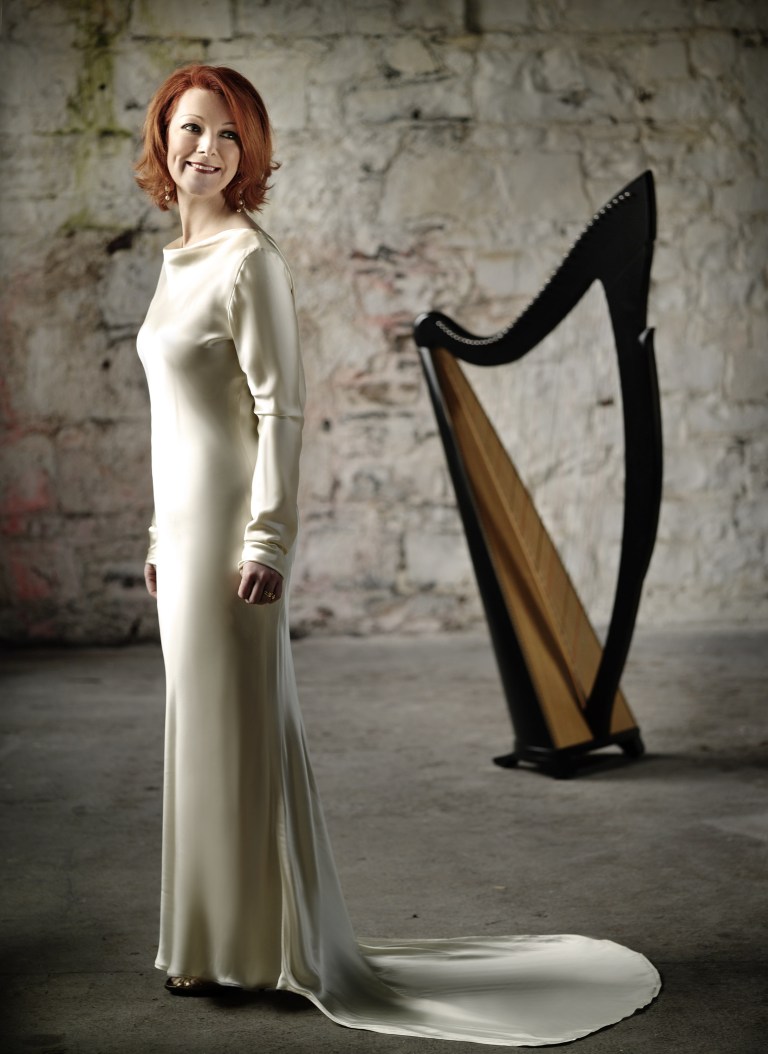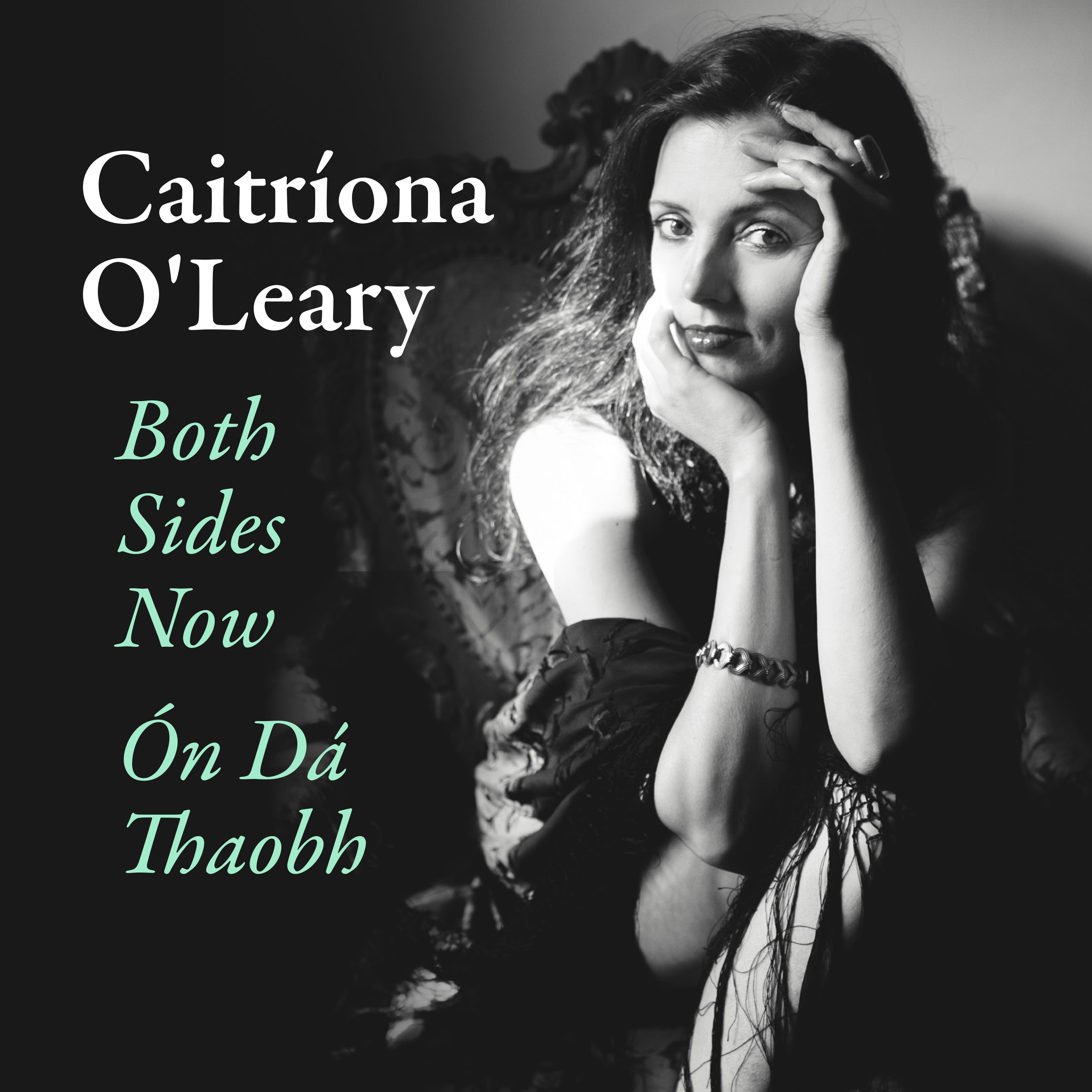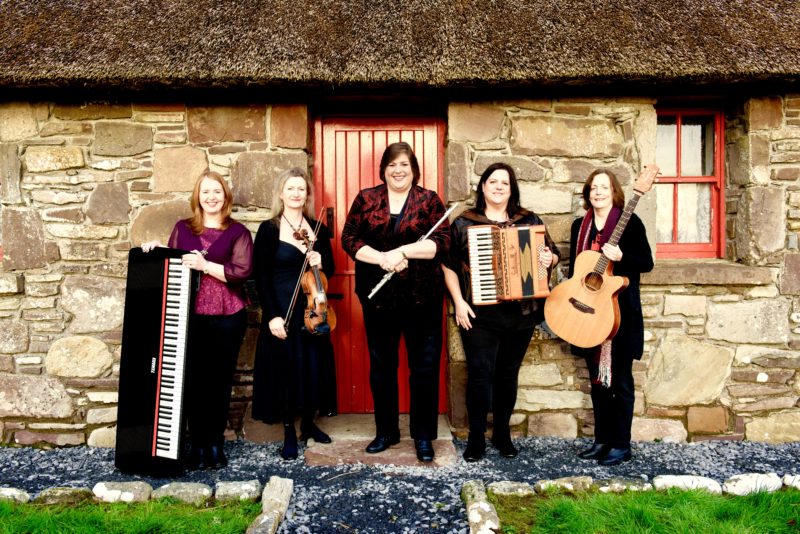Around the time the coronavirus pandemic hit, Órla Fallon—a founding member of Celtic Woman—sneaked a new CD in just under the wire.
In some ways, the timing could not have been worse. Artists typically tour after an album release to promote their new recordings. Obviously, that wasn’t in the cards. But from another viewpoint, the timing was fortuitous—for all of us who could use a little cheering up.
Fallon released “Lore,” a collection of 12 tunes, in late July. Many should be recognizable to her fans and to Irish music aficionados generally. She says she chose them because each one meant something to her, and that fondness shines through each and every one.
You’ll hear old standards like “Galway Bay,” “She Moved Through the Fair,” “Wild Mountain Thyme,” “Siúil a Rún” and “Two Sisters”—all of which should take your mind off the time of covid and redirect your thoughts to the timeless hills, valleys, beaches, islands and cliffs of Ireland.
The tunes are traditional, and so is Fallon’s approach to them. If you’re used to big, flashy production numbers, you won’t find them here.
“Lore” is the very essence of splendor and simplicity, with Fallon’s unmistakable soprano ringing through. She accompanies herself on Celtic harp, joined by a vast array of traditional Irish musical instruments—uillean pipes, bodhran, mandolin, banjo, bouzouki and more—the versatile producer Dan Shea playing most of them.
One of the loveliest songs is the only one that she says she didn’t know before the recording—“Roseville Fair,” by Bill Staines, which her sister asked her to sing for her wedding. The song begins with Fallon singing a capella:
May they dance all night
To the fiddle and the banjo
The way we did at the Roseville Fair.
Fallon’s voice gradually gives way to a spare instrumental arrangement of guitar, flute and banjo. It’s perhaps the best example of the approach Fallon and Shea seemed to be going for. It’s lean and clean—she allows the tunes to speak for themselves.
“Galway Bay” stands out as particularly pretty, with a harp introduction as delicate and clear as crystal, with Shea joining in on pipes. It’s a “take me away” moment.
“Citi Na gCumann” shows off Fallon’s prodigious harp skills. The tune is the only instrumental on the album, but it’s a real standout, truly moving, with David Davidson on violin.
The album opens with “Siúil a Rún.” You’ve probably heard it. Certainly, Celtic Woman has covered it. But, here again, it’s stripped down to its vocal and instrumental essentials, and you hear it almost as if it were the first time.
Felicia Farerre and Terry Shea join Fallon on vocal harmonies for the final tune—appropriately, “The Parting Glass.” The tune opens with the trill of uilleann pipes, soon joined by fluting whistles, and builds to include Davidson, again, on violin. “The Parting Glass” has been recorded countless times, too, but Fallon’s rendition more than holds its own. It’s memorable.
Fallon, in her liner notes, recalls that as she listened back to this recording in the studio that she felt “like I was enveloped in a warm and cozy hug.”
Right about now, a warm and cozy hug exactly what we need. “Lore” delivers.



